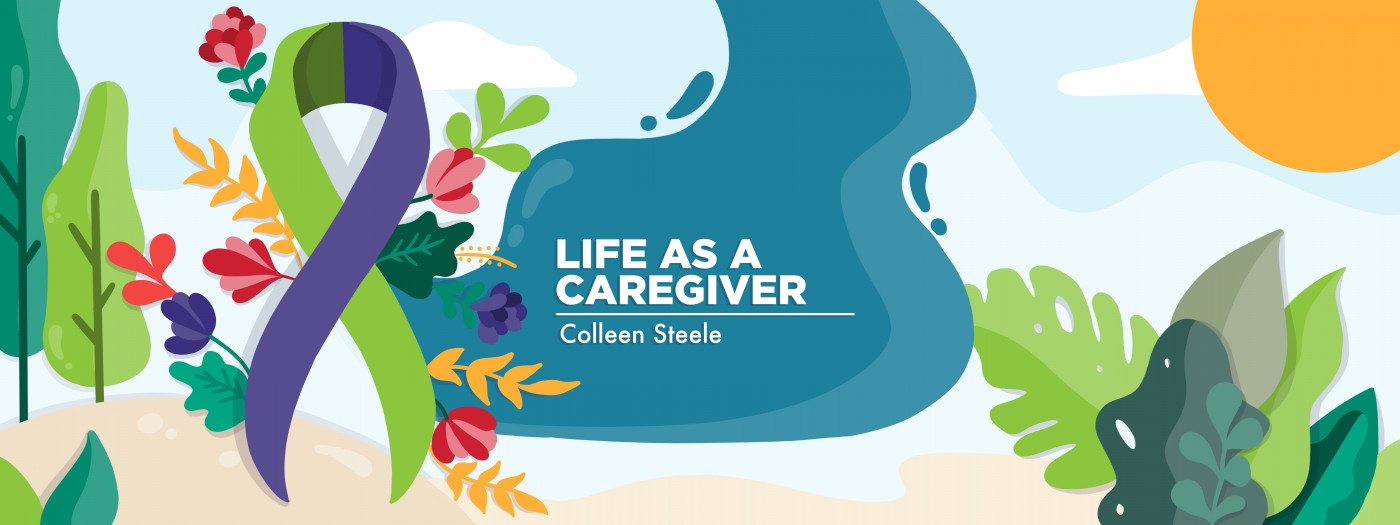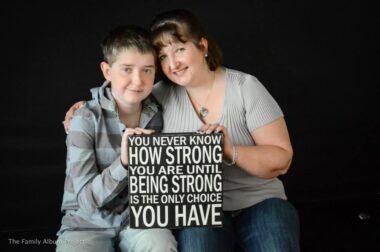On Rare Disease Day, let’s raise awareness about caregivers, too
Being a caregiver to someone with a rare disease entails unique challenges

If you can do the following things simultaneously then you are rare!
Speak up and listen. Learn while you teach. Trust but also question. Be empathetic and persuasive, serious and lighthearted, gentle and strong. Also be organized and spontaneous. Take care of yourself and put others first. Give in but don’t give up.
Rare disease patients rely on caregivers to become rare with them by doing all of these things.
According to the National Organization for Rare Disorders (NORD), a disorder, disease, or condition that affects fewer than 200,000 Americans is considered rare. The Lancet Respiratory Medicine lists the rare count for European patients as less than 1 in 2,000 people for a particular disease.
It may seem counterintuitive to call pulmonary hypertension (PH) rare. You’d think a disease that affects people of various ethnicities and ages, including infants and children, would be more common, especially when you consider that it can develop from other diseases, can be caused by using certain medications, or even be deemed idiopathic if no cause is found.
Lack of PH awareness may also help PH hide among more commonly known diseases like asthma. As challenging as PH is to diagnose, treatment can also be tricky, and self-care is difficult to tackle alone. That is why I am focusing on rare disease caregivers in honor of Rare Disease Day tomorrow.
There are unique challenges of being a caregiver to a loved one battling a rare disease. The following are some examples based on my experience raising a PH child.

Celebrating three months post-transplant in 2014, Cullen and Colleen express how rare they are. (Courtesy of Colleen Steele)
‘Never heard of it’
For two years, my son Cullen was misdiagnosed with asthma and anxiety. As the months passed, his breathlessness and chest pains became frequent and debilitating. His dad, Brian, and I knew in our bones that something was being overlooked, so we continued taking him to doctors.
In 2008, when Cullen was 8, his health symptoms were worsening, and his echocardiograms showed a shocking progression of something. His doctors suspected PH, but because of the rarity of seeing it in a child, especially a male, a right-heart catheterization was scheduled to confirm it.
The World Health Organization categorizes PH by the condition that caused it:
- Group 1: Due to pulmonary arterial hypertension.
- Group 2: Due to left-heart disease.
- Group 3: Due to lung disease.
- Group 4: Due to chronic blood clots in the lungs.
- Group 5: Due to other conditions.
Cullen’s doctors confirmed that he had idiopathic pulmonary arterial hypertension, which falls into Group 1.
We thought knowing what our son had would be a relief, but it wasn’t. My husband and I had never heard of PH. We had the name of his disease but no idea how much it would change Cullen’s life story, as well as ours. Even his cardiologist admitted PH was beyond him and referred Cullen to a specialist.
Cullen’s first PH chapter was traumatizing. It jumped right into heartbreaking realities. PH is rare, life-threatening, and has no cure, and although treatments can enhance his quality of life, there are also harsh side effects.
As the pages turned, it became apparent that due to the lack of PH awareness within the general public and the medical community, Brian and I would have to be high-functioning caregivers and very knowledgeable PH advocates.
Dealing with treatments, lack of PH awareness
Cullen was fortunate to have excellent doctors and nurses from the start, but after his diagnosis, trips to the emergency room were often frustrating and scary, especially at hospitals where the staff wasn’t familiar with Cullen.
One of Cullen’s therapies was continuous intravenous Flolan (epoprostenol GM), but there was no telltale sign that he had PH before his central venous catheter was placed.
Before looking at Cullen’s medical records, an ER doctor smirked and told me I was mistaken, that “there is no way your 8-year-old son has PH.”
More frightening than aggravating was when Cullen was on Flolan and a doctor insisted it would be OK to stop the CADD-Legacy ambulatory infusion pump for what turned out to be an hourlong MRI with contrast.
Not believing me, I had to reach out to Cullen’s out-of-state PH clinic for the specialist to quickly educate the interim doctor on the dangers of stopping Flolan for even a few minutes.
The pressure of advocating for Cullen when hospitalized was more daunting than the responsibility of mixing Flolan every day when he was home. Brian and I had to prepare the cartridges by carefully mixing the prescribed dose of Flolan with diluent, and then attaching the cartridge to the infusion pump.
Help for the caregiver
Caring for someone with a rare disease can be costly and exhausting. NORD acknowledges this by offering a respite program that provides financial assistance to enable caregivers to take a break to attend a conference, event, or simply have an afternoon or evening away from caregiving. Contact a patient services representative by calling 203-616-4328 in the U.S. or by emailing [email protected] for more information or to apply.
Cullen is still rare
Cullen is 23 now and no longer has PH after receiving a rare heart and double-lung transplant in 2014. Through diligent self-care and the continued support of his parents, Cullen is beating the odds of survival post-transplant, and I pray in that regard that he remains rare for decades to come.
Note: Pulmonary Hypertension News is strictly a news and information website about the disease. It does not provide medical advice, diagnosis, or treatment. This content is not intended to be a substitute for professional medical advice, diagnosis, or treatment. Always seek the advice of your physician or other qualified health provider with any questions you may have regarding a medical condition. Never disregard professional medical advice or delay in seeking it because of something you have read on this website. The opinions expressed in this column are not those of Pulmonary Hypertension News or its parent company, Bionews, and are intended to spark discussion about issues pertaining to pulmonary hypertension.









Leave a comment
Fill in the required fields to post. Your email address will not be published.